Why The Exorcist is still the only great exorcism movie
And, no, it's not because of projectile puking, evil contact lenses, or yelling "The power of Christ compels you!"
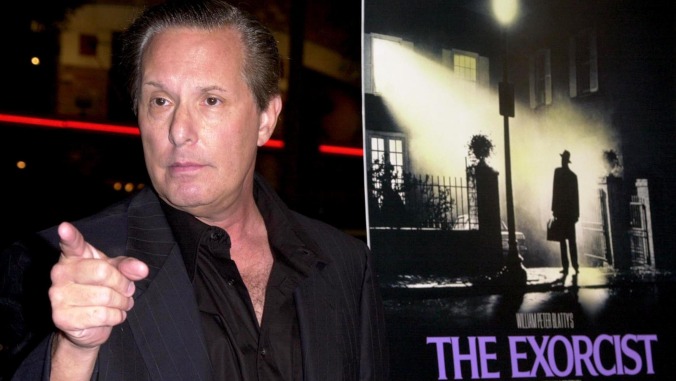
Nosferatu, the original vampire movie, set in motion the cinematic tropes of the subgenre, and since then many subsequent movies have done great things with its concepts, from Universal’s Dracula to Fright Night. John Carpenter’s Halloween crystallized everything we now associate with the slasher subgenre, which begat many more worthwhile films. But when it comes to exorcism movies, none have improved upon the only one worth talking about, and we don’t even have to say which one. 1973’s The Exorcist inspired many imitations, as well as multiple sequels and prequels, but none have eclipsed director William Friedkin’s classic. This month, The Exorcist: Believer will usher in the latest official entry, which director David Gordon Green hopes will kickstart a new trilogy. So it’s worth asking why nobody’s been able, in 50 years, to even come close to the quality and appeal of the original.
A little girl lost leads to a uniquely terrifying film
Most of the tropes The Exorcist set in motion are still common elements of the imitators. There’s a possessed girl (usually a girl, anyway) who wears monstrous contact lenses and speaks in distorted audio. There are at least two participants, usually male, in the exorcism—one a veteran, the other a rookie, like buddy cops. Peripheral figures die mysterious deaths, allowing for bonus scares, though it’s notable that The Exorcist itself keeps these completely off camera in order to make the final suicide more shocking. Characters yell “The power of Christ compels you!” or similar mantras. Some kind of ancient discovery or old mystery uncovered is usually key to saving the day.
But few, if any, of these hallmarks are essential to The Exorcist’s success and enduring appeal. The shock value of 12-year-old Regan (Linda Blair) undergoing graphic medical tests, not to mention the foul mouth and even fouler deeds that come later, is key to the horror. Most imitators, however, cast older victims to avoid the limited work hours of child actors, and the hassle of subbing in an older actress for just the explicit scenes. It doesn’t hurt that the potential sex appeal of an actress of legal age makes for a poster and project that are easier to sell to overseas buyers.
That aside, not only does The Exorcist keep two of its creepiest deaths totally offscreen, but it also eschews the kind of moody horror lighting we’ve come to expect from, say, The Conjuring series. When Regan’s head pivots backwards and she speaks in the voice of a man that her demon presumably murdered, it’s terrifying precisely because it’s happening in a realistic, naturally lit setting where such things simply don’t happen … and it cuts away before our eyes can analyze the magic trick too closely to see how it might be done. In so many knockoffs, similar effects use CG and darkness to create an obvious, telegraphed fright. The arrival scene of The Exorcist’s iconic Father Merrin (Max von Sydow), with all the fog, is about the only conventional horror-atmosphere shot in the original film.




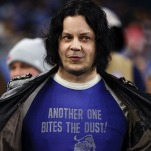

![Rob Reiner's son booked for murder amid homicide investigation [Updated]](https://img.pastemagazine.com/wp-content/avuploads/2025/12/15131025/MixCollage-15-Dec-2025-01-10-PM-9121.jpg)
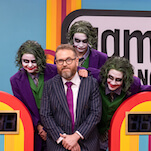
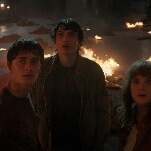

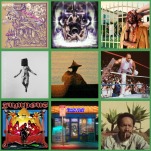


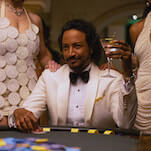
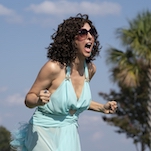
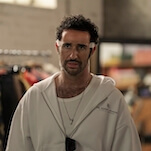
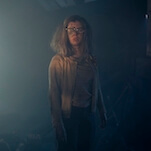
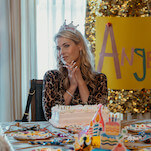
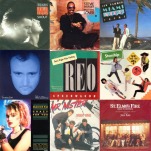
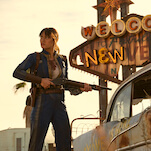
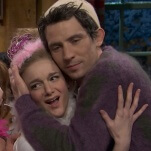

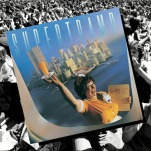







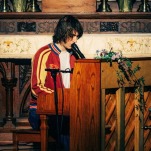

![HBO teases new Euphoria, Larry David, and much more in 2026 sizzle reel [Updated]](https://img.pastemagazine.com/wp-content/avuploads/2025/12/12100344/MixCollage-12-Dec-2025-09-56-AM-9137.jpg)







